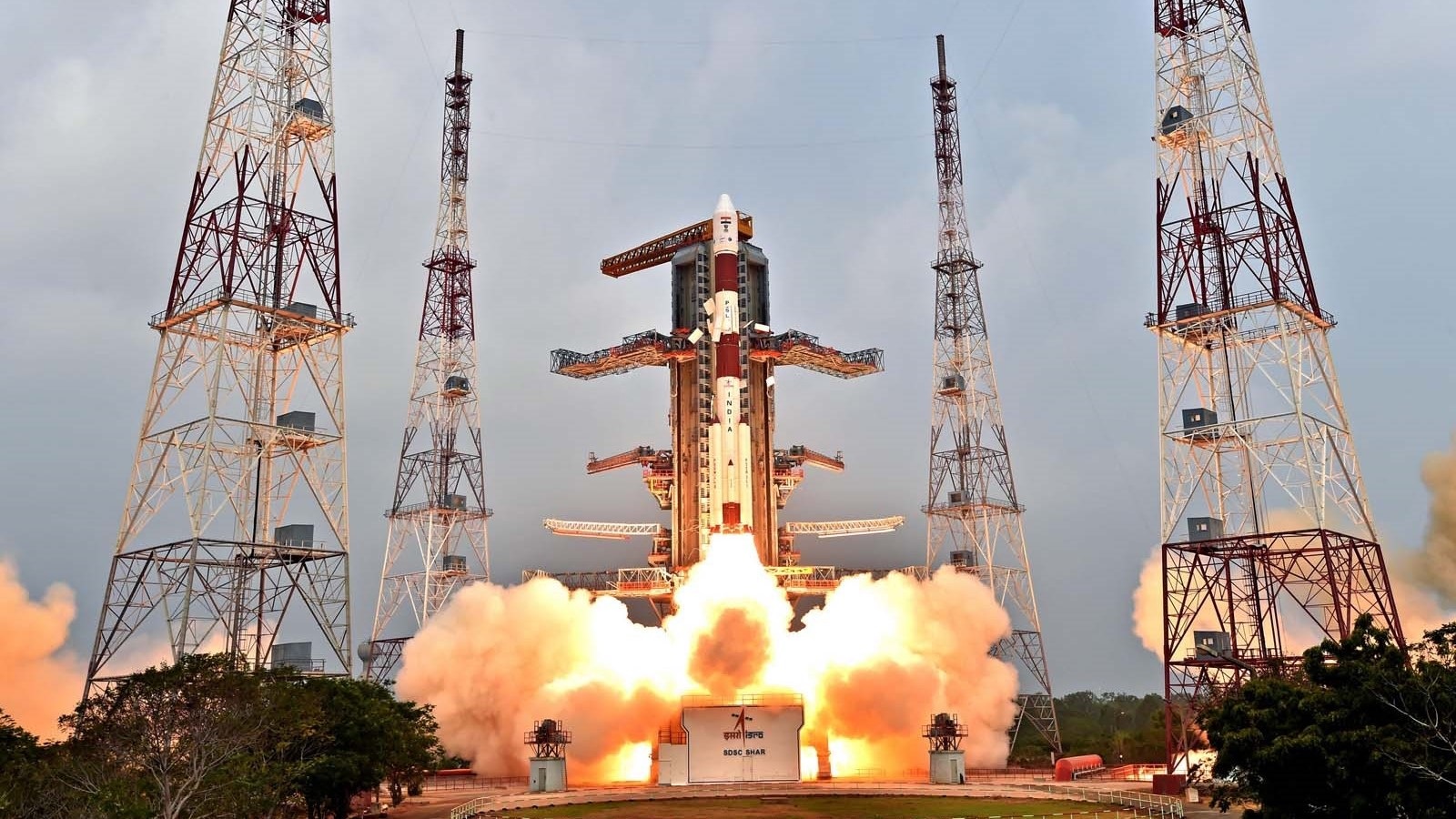Chandrayan-3: Bharat’s Pride Space Mission’, hosted by the non-profit organization Disha Bharat, Somanath said that the lander ‘Vikram’ has been made in such a manner that it will be able to handle failures.
Indian Space Research Organisation (ISRO) chief S Somanath on Tuesday exuded confidence that Chandrayan-3’s Vikram lander will make a soft landing on the Moon’s surface on August 23. Somanath stated that even if all the sensors or engines of Chandrayan-3 fail, the lander will have a proper touchdown on the lunar surface.
ISRO chairman said
If everything fails, if all the sensors fail, nothing works, still it (Vikram) will make a landing. That’s how it has been designed — provided that the propulsion system works well,”
“Chandrayaan-3 is going very well. Last night we had an orbit reduction in the moon’s orbit from something like 18,000 kilometres to around 4,600 kilometres and 165 kilometres at its closest point to the Moon. Subsequently, it will again come down as there will be some more manoeuvres until it lands on August 23. So everything is going fine now. Satellite is healthy,”
A lander propulsion module separation exercise will be performed after the lander “deboost”. Chandrayaan-3 will land on the Moon’s surface on August 23. “We have also made sure that if two of the engines don’t work this time also, it will still be able to land,”
There was the biggest challenge before the scientists of the space agency. It was to make a horizontal ‘Vikram’ land vertically on the lunar surface. Somanath further stated that once the lander separates from the orbiter, it will move horizontally. It will be positioned vertically so that it may safely land on the Moon.
The lander is responsible for the soft landing on the Moon and carries various scientific instruments for on-site analysis. The rover, named Pragyan, is designed to observe and conduct experiments. It is designed for the lunar surface to better understand the Moon’s composition.
The lander and rover will conduct in-situ observations and experiments to better understand the Moon’s composition. The six-wheeled rover, weighing 26 kilograms, is equipped with scientific instruments including cameras, spectrometers, and a drill
Also Read: International Day of the World’s Indigenous Peoples 2023 Date, history, theme, significance

